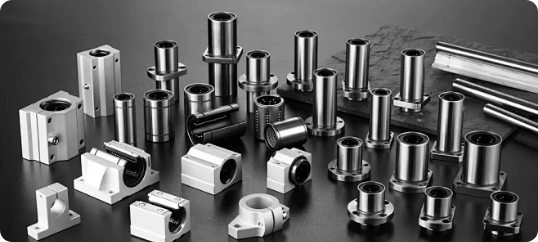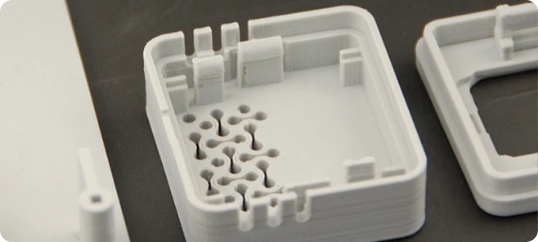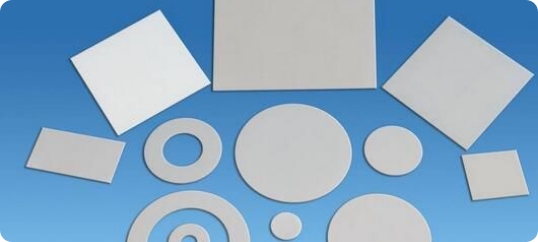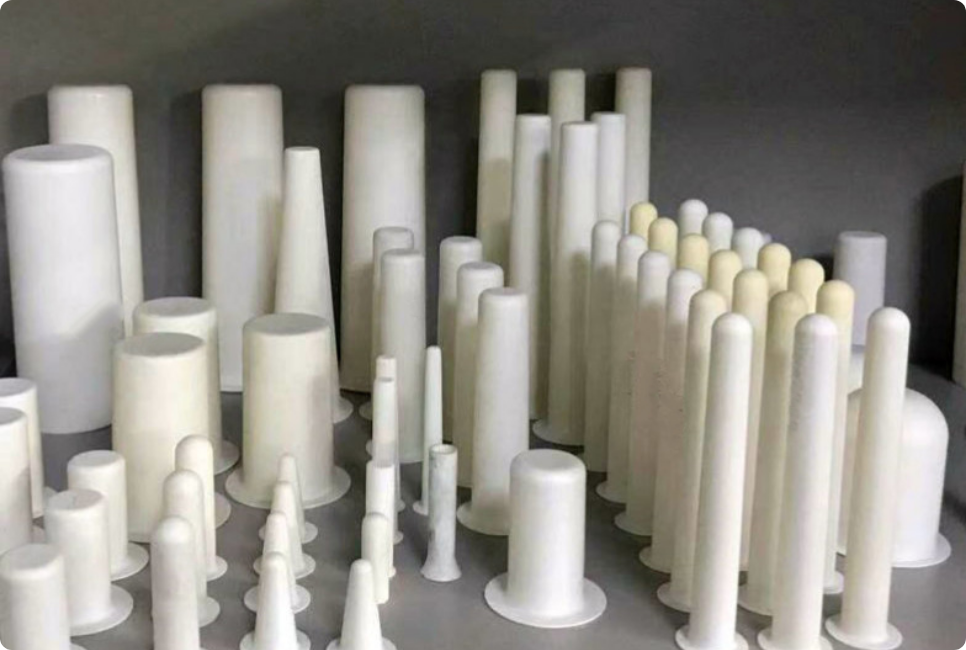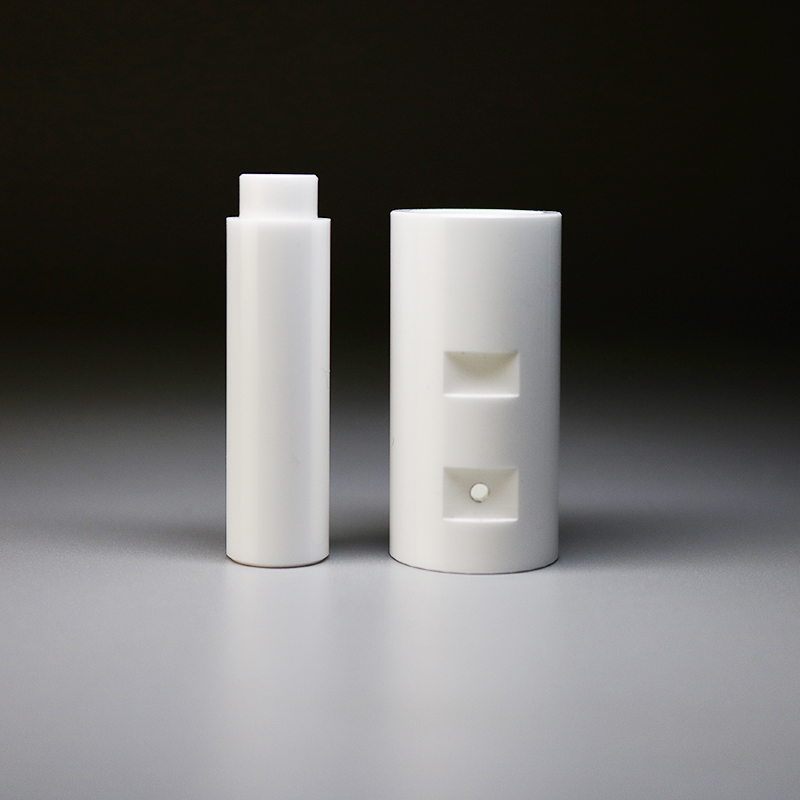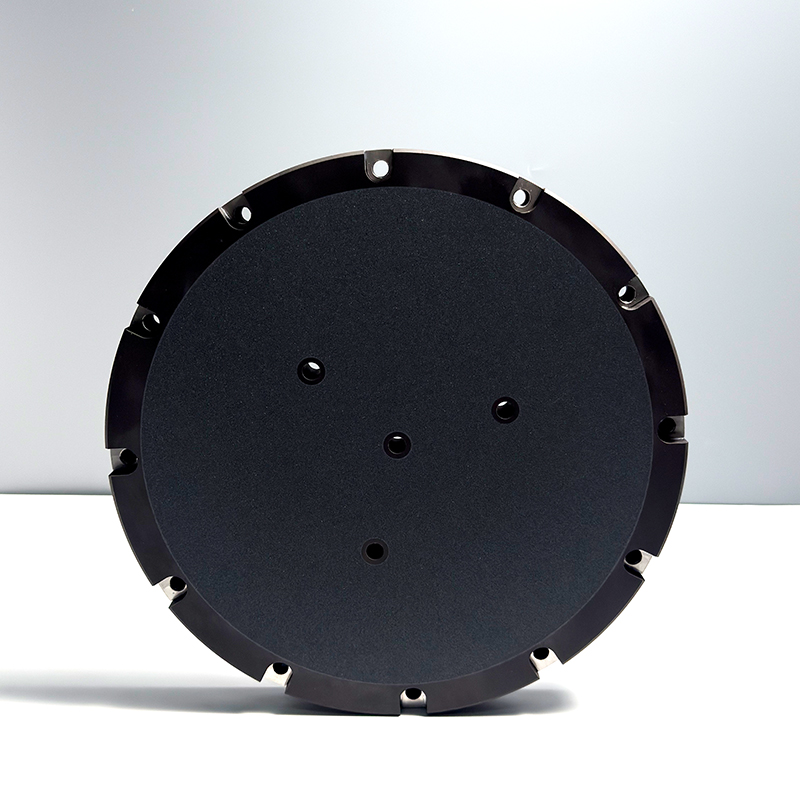The remarkable journey of ceramics continues to unfold, as this ancient material delves deeper into advanced scientific and technological frontiers. Building on its recent expansions in architecture, fashion, and healthcare, ceramics are now carving out essential roles in sectors that demand cutting – edge performance and innovation.
Ceramics in Aerospace: Withstanding Extreme Environments
In the high – stakes world of aerospace, ceramics have emerged as a crucial material for components facing extreme temperatures and harsh conditions. Reentry vehicles, such as NASA’s Orion spacecraft, rely on ceramic – based heat shields to protect against the searing heat generated during reentry into Earth’s atmosphere. These heat shields are composed of advanced ceramic matrix composites (CMCs), which can withstand temperatures exceeding 2,000 degrees Celsius while maintaining structural integrity.
“Ceramics offer a unique combination of low density and high thermal resistance, making them ideal for aerospace applications where weight reduction and heat protection are paramount,” explains Dr. Tomás Martínez, an aerospace materials engineer. In addition to heat shields, ceramics are also used in turbine engines. Ceramic coatings on turbine blades reduce friction and enhance heat resistance, improving engine efficiency and extending the lifespan of critical components. This not only leads to significant cost savings for airlines but also contributes to reduced fuel consumption and lower emissions.
Smart Ceramics: Merging with Electronics
The field of electronics is experiencing a revolution with the advent of smart ceramics. These materials, which possess unique electrical, magnetic, and optical properties, are enabling the development of advanced sensors, actuators, and energy – storage devices. Piezoelectric ceramics, for example, can convert mechanical energy into electrical energy and vice versa. This property is utilized in a wide range of applications, from ultrasonic sensors in medical imaging to vibration – energy harvesters that can power small electronics using ambient motion.
One exciting development is the creation of self – healing ceramics. Researchers at a leading materials science institute have developed ceramics embedded with micro – capsules containing a healing agent. When the ceramic cracks, the micro – capsules break open, releasing the agent to fill and repair the damage. This technology has the potential to significantly increase the durability of ceramic components in various industries, from automotive to infrastructure.
Ceramics in Energy Storage: Powering the Future
As the world transitions towards renewable energy sources, the demand for efficient energy – storage solutions has skyrocketed. Ceramics are playing a pivotal role in this transition, particularly in the development of advanced batteries and supercapacitors. Lithium – ion batteries, which power everything from smartphones to electric vehicles, often use ceramic separators to prevent short – circuits while allowing the flow of lithium ions. These ceramic separators offer superior thermal stability and mechanical strength compared to traditional polymer separators, enhancing battery safety and performance.
Moreover, ceramic – based electrode materials are being explored for their high energy – density capabilities. Scientists are working on developing ceramics with tailored crystal structures that can store and release lithium ions more efficiently, potentially leading to longer – lasting and faster – charging batteries. In the realm of supercapacitors, ceramic – derived materials are being used to increase capacitance, enabling these devices to store more energy and charge at a rapid pace.
Cultural Preservation and Digital Ceramics
Beyond technological advancements, ceramics are also at the forefront of cultural preservation efforts. Museums and heritage institutions are using 3D scanning and printing technologies to replicate and preserve ancient ceramic artifacts. High – resolution 3D scans capture every detail of these precious pieces, allowing for accurate replicas that can be displayed in place of the originals, reducing the risk of damage during exhibition.
In the digital art world, new forms of ceramic expression are emerging. Artists are using digital tools to design intricate ceramic patterns and shapes that would be impossible to create by hand alone. These digital designs are then brought to life through 3D printing or computer – controlled pottery wheels. The result is a new genre of ceramic art that blends traditional craftsmanship with digital innovation, appealing to a younger, tech – savvy generation.
As ceramics continue to push the boundaries of what is possible, their influence on our lives is set to grow even further. From protecting astronauts in space to powering our electronic devices and preserving our cultural heritage, this ancient material continues to surprise and inspire. With ongoing research and development, the future of ceramics holds countless possibilities, promising to reshape industries and enrich our lives in ways we have yet to imagine.
